Ari Aster Transforming Folk Horror Into Mainstream Cinema’s New Craze
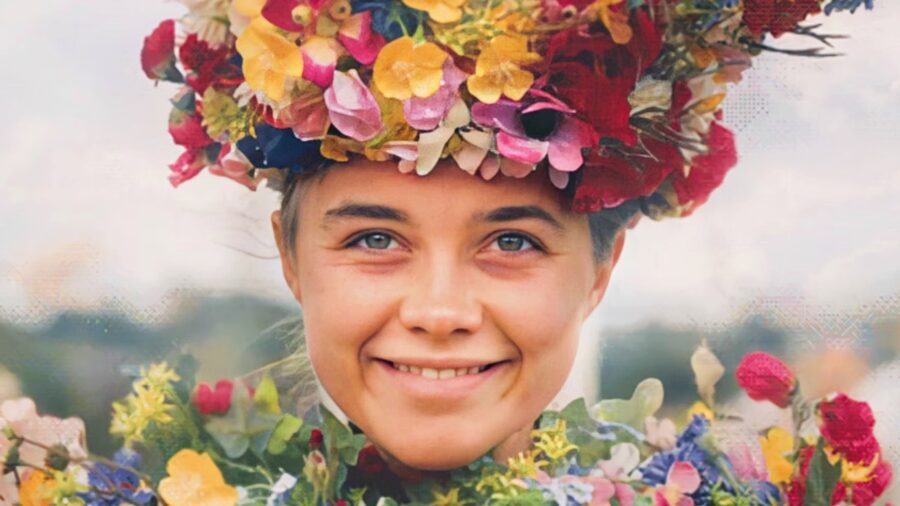
Ari Aster’s second film, the masterful Midsommar, introduced a new generation of audiences to the folk horror sub-genre. Once dormant, through Aster’s accomplishment, the sub-genre is enjoying renewed and deserved interest. What could follow is a revival capable of significantly impacting the film industry and cultural landscape.
First, a trip back in time, not that far in the past–just the 1970s.
Folk Horror Of The 70s
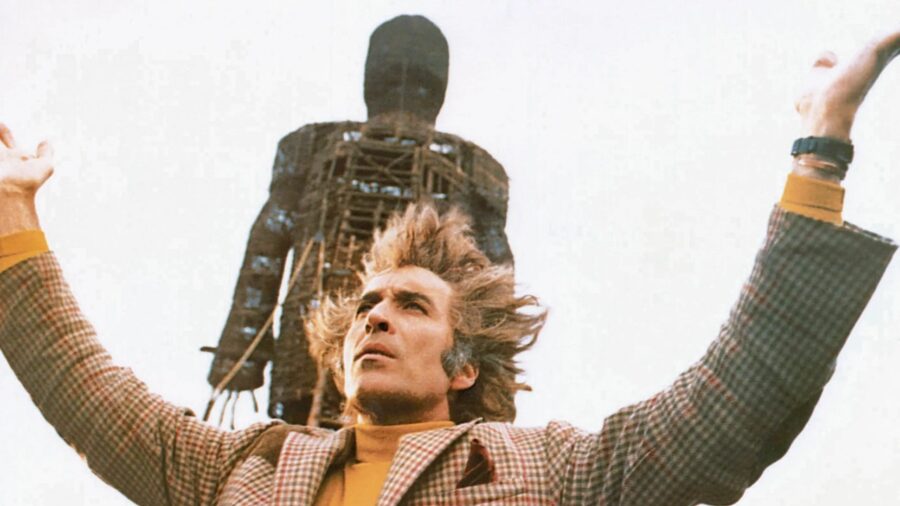
Beneath the glare of New Hollywood’s sheen, folk horror came onto the scene–characterized by its then-familiar tropes: rural settings, pagan traditions, and emphasis on the uncanny.
Of course, the best-known film from its golden age was The Wicker Man, an iconic staple. The UK’s Witchfinder General also bears mentioning.
Unfortunately for its devotees, however, until Ari Aster revived it, the sub-genre was overshadowed by slasher films, psychological thrillers, and supernatural horror, all hallmarks of an evolving cinema.
Horror Reflects The Current Times
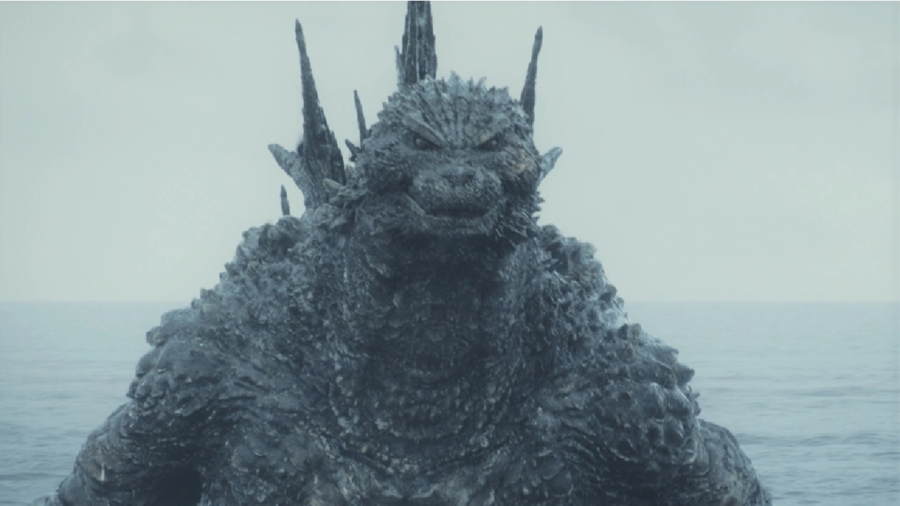
A mirror for the cultural age, an indicator of the zeitgeist–a window into what “scares people”–horror tends to change faster or more noticeably than other genres because what scares us…changes. For example, after World War II and the bombings of Hiroshima and Nagasaki, Japan channeled its collective fear into Godzilla, a radioactive weapon of mass destruction.
Midsommar Flipped The Script
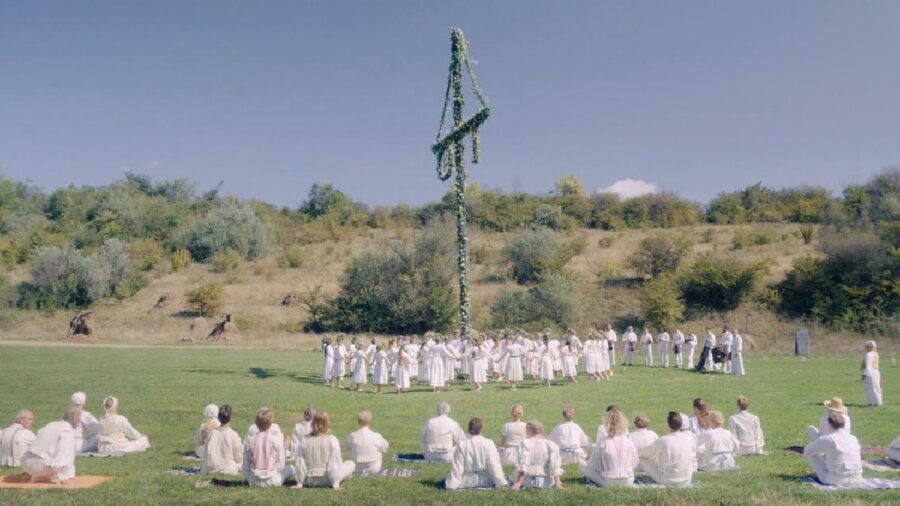
With that said, Ari Aster’s film burst onto the scene in our very “techy” era, thrusting audiences into a world utterly hostile to this information age. Like the best artifacts of folk horror, Aster’s movie terrifies you with daylight terror–a solar horror that doesn’t rely on the genre’s usual dependence on darkness and shadows.
No, in the pastoral Swedish landscape, the film’s cast–a band of friends who venture into a seemingly idyllic community’s midsummer festival–quickly find themselves ensnared in a very brightly lit and colorful nightmare. In fact, it’s worth noting almost all the film’s brutal kills and scenes of terror take place in broad daylight, utterly apparent and revealed. This, friends, is folk-horror.
As Ari Aster demonstrates, this disorienting contrast–daylight, scares, folk traditions, malevolence, communal living, murderous savagery–can equally entrance and horrify.
Audiences Are Done With Jump Scares
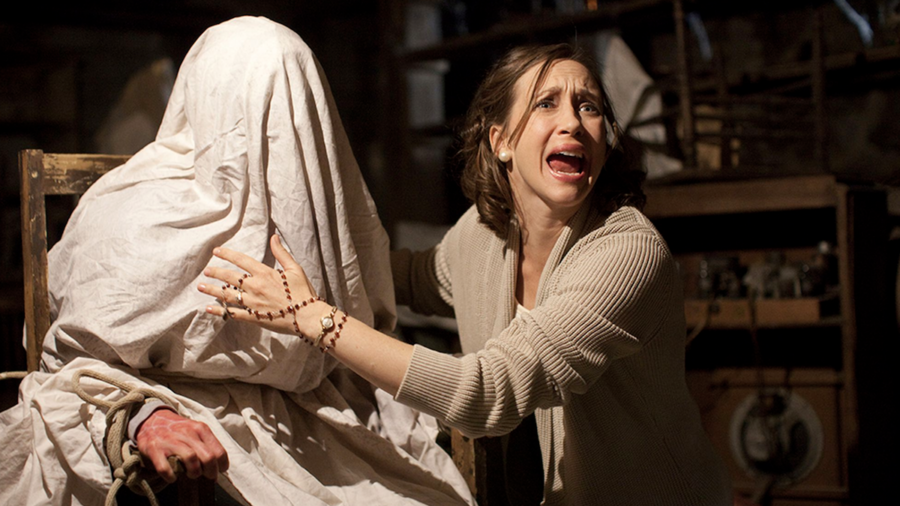
Understandably, the film’s success went beyond merely reintroducing folk horror to the teeming masses. The project could very well kindle interest in a full-on genre revival. From a more logistical standpoint, it would provide an avenue for horror to go down–instead of tromping over tired territory as it wants to do. Ask any horror fan or teenager sick of The Conjuring add-ons, and they’ll tell you that jump scares have overstayed their welcome.
Wouldn’t it be nice for something different–something emerging from the wheat fields and harvest rituals of the ancestral past? Something terrifying us without the crutch of pitch-blackness and “let’s split up to explore the haunted house” cliches?
Mirrors Social Anxieties
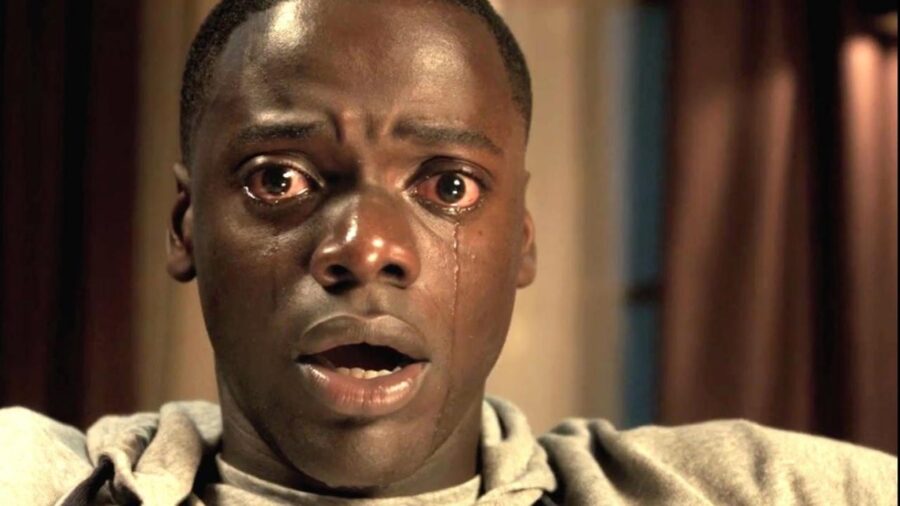
In fact, the folk-horror revival kicked off by Ari Aster may already be here. Insofar as the subgenre entails the exploration of cultural identity through the lens of horror, would not films like Jordan Peele’s Get Out function as a kind of folk horror?
Indeed, at its core, folk horror simply mirrors societal anxieties, specifically those involving the erosion of cultural identities, the fear of the other, and the dark side of human nature.
Rise In Folk Horror
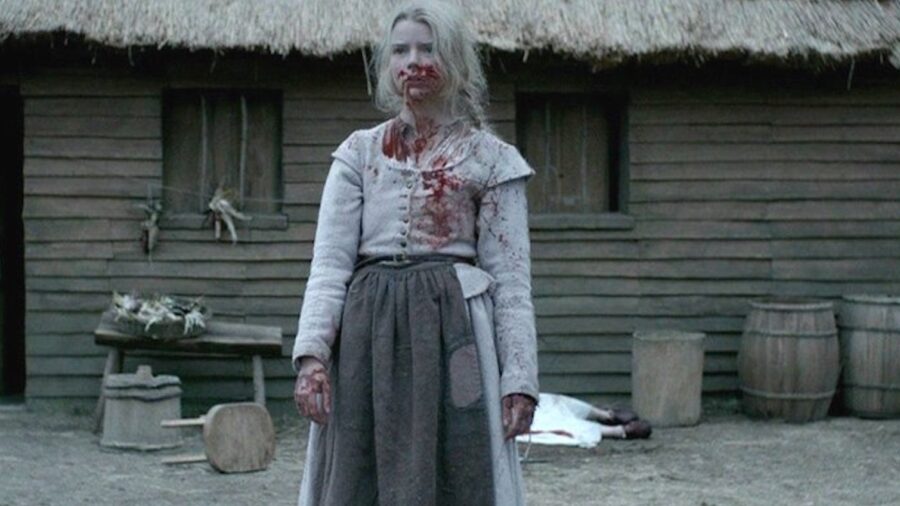
We’re both drawn to and repelled by the Norse paganism at the heart of Ari Aster’s Midsommar; similarly, we’re repulsed and attracted to any number of cultural institutions, conceivably folk, that could work well as the basis for a horror film.
Look how fabulously America’s pilgrim past succeeded as a folk-horror platform in The Witch, for instance.
All of this means that if the folk-horror revival is here, I’m more than ready.










